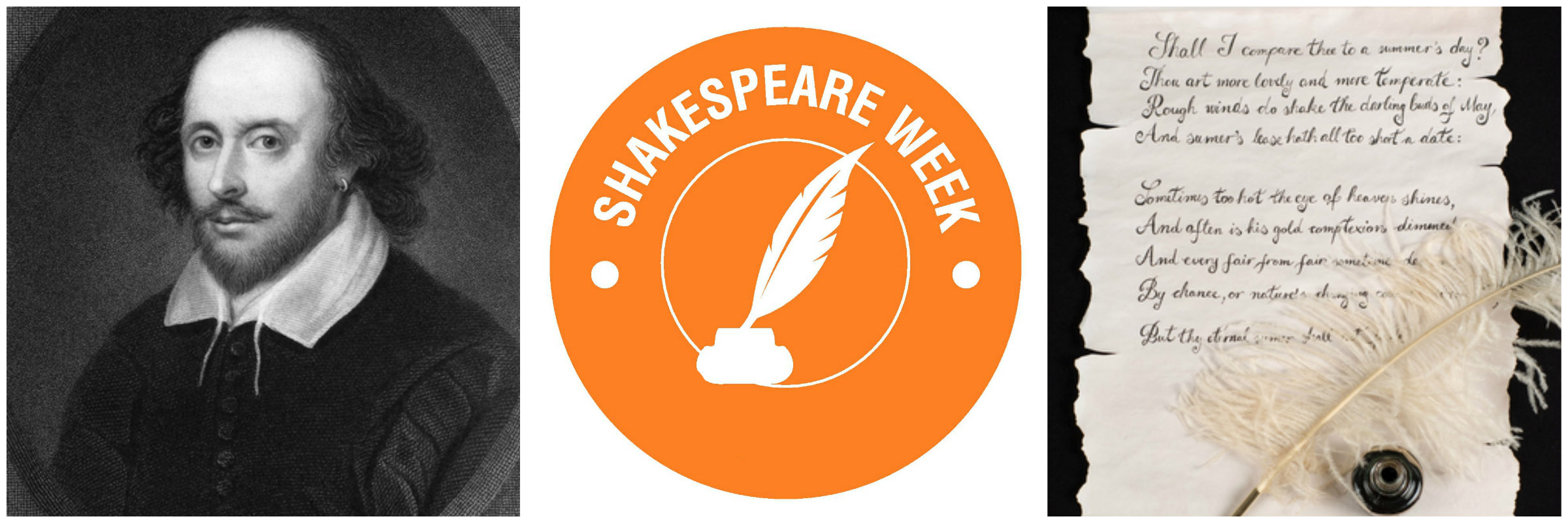Boost memory with mnemonics
With exam season over, revision notes put to one side and the summer holidays tantalisingly close, your kids and teens should be looking forward to a well-earned rest. Do you ever worry though that all that cramming might get them through tests and exams but not necessarily stick with them for the longer term?
Mnemonics could be just the trick to help improve memory for longer and help all that exam preparation, knowledge and understanding stay put ready for the next academic year and beyond. Here’s how it works:
Mnemonics are essentially just tricks to help you memorise things more effectively. You may have come across them in your own learning – remember the ‘I before E except after C’ rhyme that helped you memorise the spelling of words like ‘receive’? Musicians remember the positions of notes on the stave with the phrase ‘Every good boy deserves fun’ (each word begins with the letter of the musical note which sits on the five lines of the stave). Mnemonics don’t have to be rhymes or phrases. Visual tricks can help too – for example when trying to memorise sequences or lists, visualising in creative and outlandish ways in the mind will help them stay put much more effectively than just trying to learn something ‘by rote’.
You can try some of these techniques by playing fun games with your children. Start off with something simple like memorising a shopping list – choose five or six items and then find fun ways to visualise and memorise them using journeys through imaginary scenarios in which each of the items feature. A simple list could be:
- Milk
- Soap
- Salad
- Orange Juice
- Tea bags
A silly and fun way to memorise this list might be to start by imagining that you are diving into a big bath of milk with a frothy bar of soap. On the edges of the bath you notice bright green salad leaves are sprouting, you get out of the bath to investigate but you are covered in milk which is dripping all over the salad leaves. You decide to take a quick shower but when you do, instead of water a bright orange stream of orange juice is what washes the milk away. You reach for a towel but instead of your usual fluffy towel, you have towel made of hundreds of teabags that feels rather rough and ineffective as you try get dry! Building on games like this and challenging your kids to use the technique to memorise longer and more complex lists is great fun and it’s not a huge leap to see how it can be applied to memorising key facts, dates and processes for a wide variety of school subjects.
Why not try applying it to a science topic like current and voltage?










